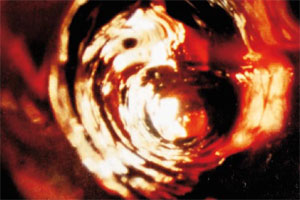The digestive process begins when food enters the mouth, where the first reduction into smaller particles is produced. This task is performed by the teeth, hard pieces that are anchored in the gums, resulting in a soft mass called food bolus. This mass passes through the esophagus and enters the stomach, where it is shaken and combined with gastric juice. Then, this mix passes through to the small intestine where more juices from the pancreas and intestinal wall are added. A denser mass called chyme is formed here, whose components (amino acids, glucose, fatty acids and glycerin) join the blood through the intestinal villi. The waste generated in this process, meaning feces, slowly advance until reaching the end of the large intestine to then be expulsed towards the outside through the anus. This way, the digestive process has four stages:
– The first one takes place in the mouth and is the food’s preparation stage.
– In the second one, the food is treated through a series of physical and chemical actions that take place in the stomach and first part of the small intestine.
– In the third stage, the useful components are separated from the residues and enter the blood.
– In the last stage, waste is eliminated outside the body.








